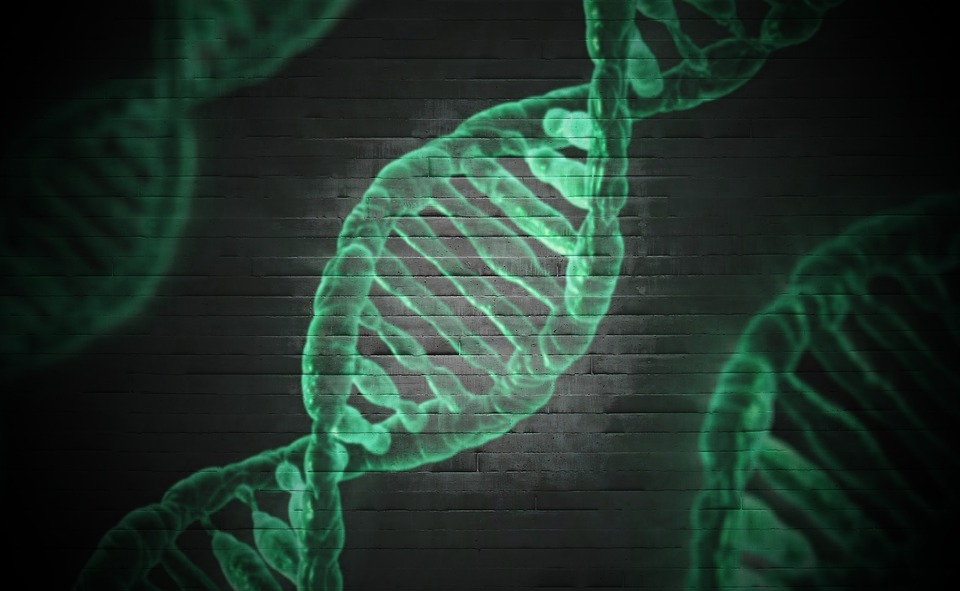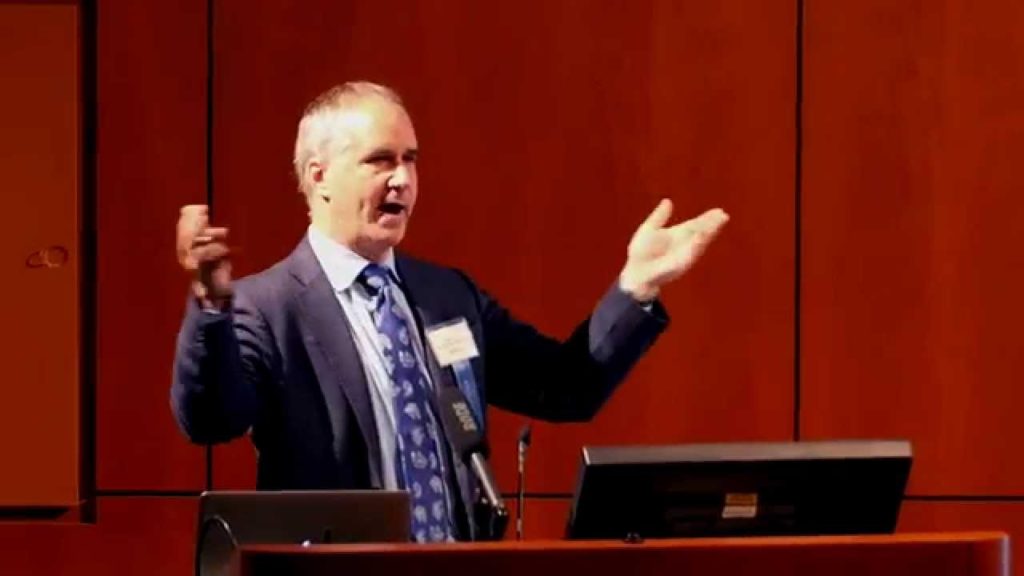
This is Joshua G. Corbin, Ph.D., interim director of the Center for Neuroscience Research at Children’s National Health System and the study’s co-senior author. CREDIT Children’s National Health System
A mutation of the gene PAC1R may be linked to the severity of social deficits experienced by kids with autism spectrum disorder (ASD), finds a study from a multi-institutional research team led by Children’s faculty. If the pilot findings are corroborated in larger, multi-center studies, the research published online Dec. 17, 2018, in Autism Research represents the first step toward identifying a potential novel biomarker to guide interventions and better predict outcomes for children with autism.
As many as 1 in 40 children are affected by ASD. Symptoms of the disorder – such as not making eye contact, not responding to one’s name when called, an inability to follow a conversation of more than one speaker or incessantly repeating certain words or phrases – usually crop up by the time a child turns 3.
The developmental disorder is believed to be linked, in part, to disrupted circuitry within the amygdala, a brain structure integral for processing social-emotional information. This study reveals that PAC1R is expressed during key periods of brain development when the amygdala – an almond-shaped cluster of neurons – develops and matures. A properly functioning amygdala, along with brain structures like the prefrontal cortex and cerebellum, are crucial to neurotypical social-emotional processing.
“Our study suggests that an individual with autism who is carrying a mutation in PAC1R may have a greater chance of more severe social problems and disrupted functional brain connectivity with the amygdala,” says Joshua G. Corbin, Ph.D., interim director of the Center for Neuroscience Research at Children’s National Health System and the study’s co-senior author. “Our study is one important step along the pathway to developing new biomarkers for autism spectrum disorder and, hopefully, predicting patients’ outcomes.”
The research team’s insights came through investigating multiple lines of evidence:
They looked at gene expression in the brains of an experimental model at days 13.5 and 18.5 of fetal development and day 7 of life, dates that correspond with early, mid and late amygdala development. They confirmed that Pac1r is expressed in the experimental model at a critical time frame for brain development that coincides with the timing for altered brain trajectories with ASD.
They looked at gene expression in the human brain by mining publicly available genome-wide transcriptome data, plotting median PAC1R expression values for key brain regions. They found high levels of PAC1R expression at multiple ages with higher PAC1R expression in male brains during the fetal period and higher PAC1R expression in female brains during childhood and early adulthood.
One hundred twenty-nine patients with ASD aged 6 to 14 were recruited for behavioral assessment. Of the 48 patients who also participated in neuroimaging, 20 were able to stay awake for five minutes without too much movement as the resting state functional magnetic resonance images were captured. Children who were carriers of the high-risk genotype had higher resting-state connectivity between the amygdala and right posterior temporal gyrus. Connectivity alterations in a region of the brain involved in processing visual motion may influence how kids with ASD perceive socially meaningful information, the authors write.
Each child also submitted a saliva sample for DNA genotyping. Previously published research finds that a G to C single nucleotide polymorphism, a single swap in the nucleotides that make up DNA, in PAC1R is associated with higher risk for post traumatic stress disorder in girls. In this behavioral assessment, the research team found children with autism who carried the homozygous CC genotype had higher scores as measured through a validated tool, meaning they had greater social deficits than kids with the heterozygous genotype.
All told, the project is the fruit of six years of painstaking research and data collection, say the researchers. That includes banking patients’ saliva samples collected during clinical visits for future retrospective analyses to determine which genetic mutations were correlated with behavioral and functional brain deficits, Corbin adds.
“Lauren Kenworthy, who directs our Center for Autism Spectrum Disorders, and I have been talking over the years about how we could bring our programs together. We homed in on this project to look at about a dozen genes to assess correlations and brought in experts from genetics and genomics at Children’s National to sequence genes of interest,” he adds. “Linking the bench to bedside is especially difficult in neuroscience. It takes a huge amount of effort and dozens of discussions, and it’s very rare. It’s an exemplar of what we strive for.”




